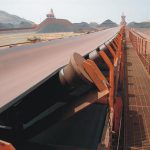Factors to consider when choosing the width of the conveyor belt

Generally speaking, for a given belt speed, the conveying capacity of a belt conveyor increases with the increase of the width of the conveyor belt. However, the width of the narrower conveyor belt mainly depends on the particle size of the material to be transported, because the conveyor belt must have enough width to prevent the large lumps in the transported block and powder mixture from being loaded on the conveyor belt. Edges, and the distance between the internal dimensions of the feeding chute and the guide chute must ensure that the mixture of various particle sizes can pass through without clogging.
At the same time, it is also necessary to understand the meaning of the larger size regulations. For example, the content of the material with a larger lumpiness of 300mm is 10%, which does not mean that every cubic meter of material contains 10% of the material with a lumpiness of 300mm accurately, because the material is not composed of materials with a precise particle size of 300mm . The above-mentioned 300mm diameter is limited by the deviation and is the positive end of the deviation, so 300mm is the absolute larger value of the material in the bulk material. Therefore, the expression that 10% of the material diameter is 300mm is incomplete, and the negative deviation needs to be pointed out. For bulk materials, it is the range of lumpiness. Useful engineering instructions should indicate the 10% range of material lumpiness (for example, from a larger lump of 80% to a larger lump of 300mm). It should also be noted that, in addition to pointing out the variation range of the lumpiness, it is also necessary to determine the larger diameter of the material in all directions (which may cause clogging), that is, the larger diameter from one corner of the material to another.
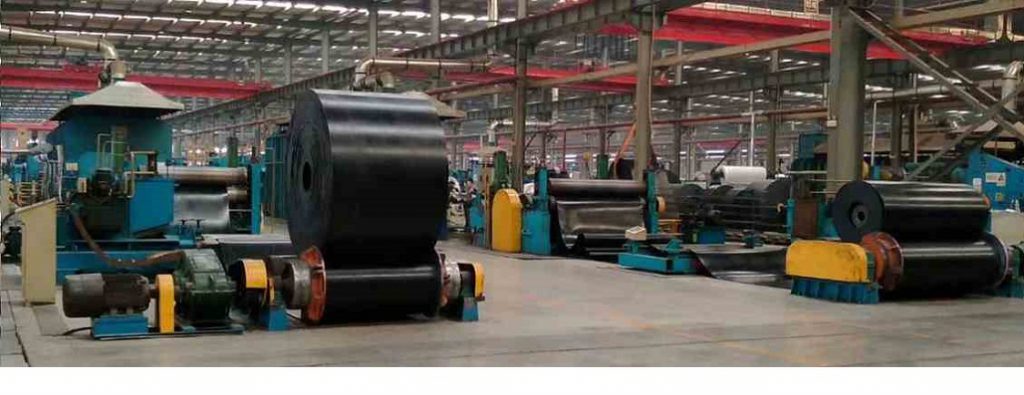
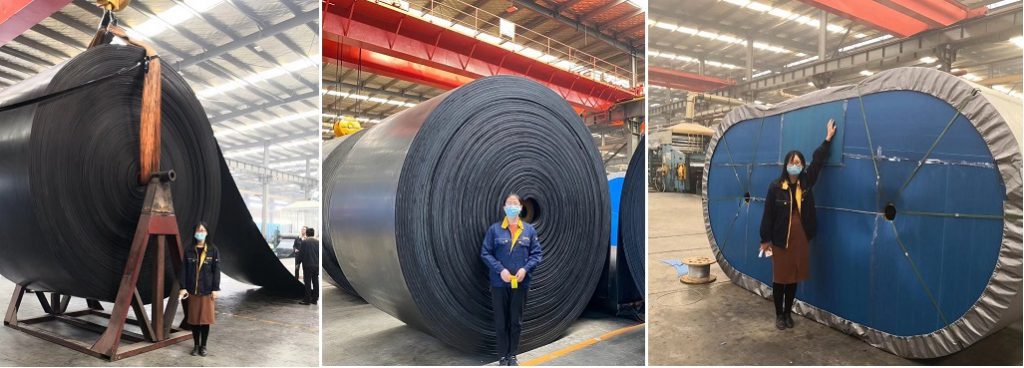
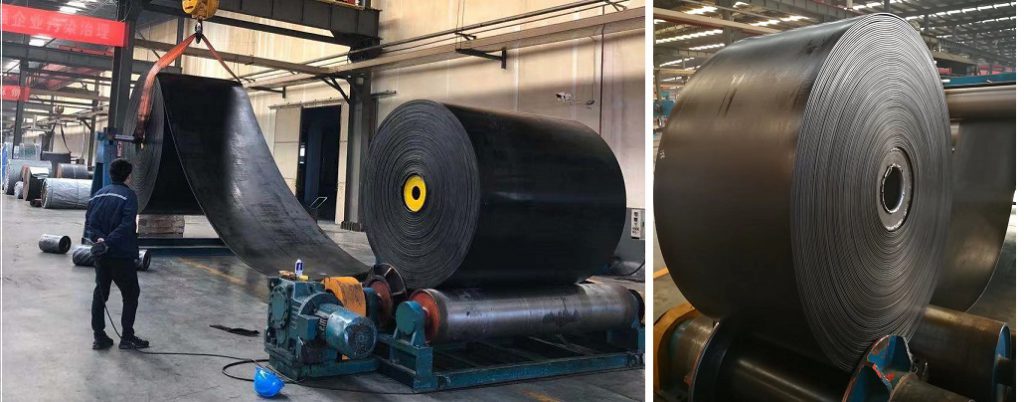
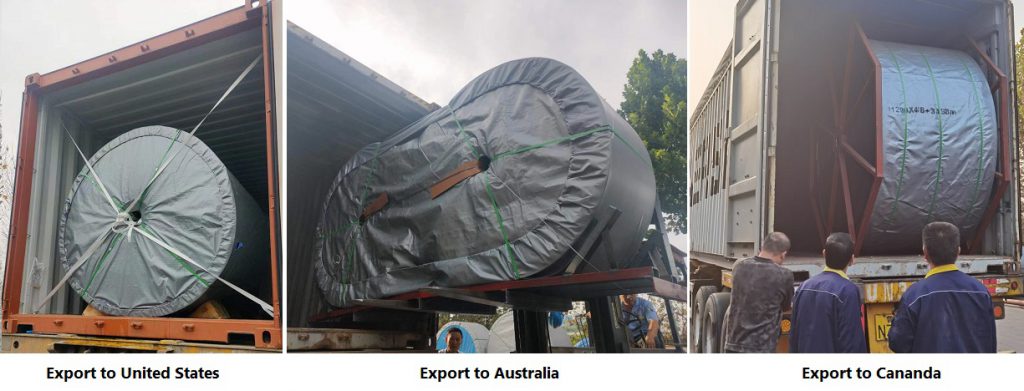
Tags: CONVEYOR BELT SELECTION,conveyor belt width,EP conveyor belt





